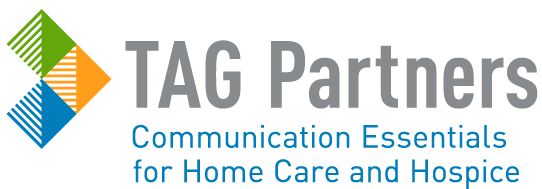Make diabetes education a priority this November. Not only is it American Diabetes Month and Diabetic Eye Disease Month, but World Diabetes Day is Nov. 14.
According to the Centers for Disease Control and Prevention, diabetes affects about 25.8 million Americans. Of those, about 7 million are undiagnosed. Even more shocking is the fact that about 79 million American adults have prediabetes — that’s 35 percent of adults age 20 and older! If the current trends continue, the CDC estimates that one-third of all American adults could have the disease by 2050.
And the illness is no laughing matter. Diabetes is a condition in which your blood sugar is too high because your body either doesn’t make enough insulin to help the sugar get into your body’s cells or can’t use the hormone as well as it should. It increases a person’s risk of stroke, blindness, kidney failure, heart disease and leg and foot amputations.
Such a serious and widespread health problem deserves your agency’s attention.
- Start with a visit to the National Institute of Diabetes and Digestive and Kidney Diseases’ education website. There you’ll find tons of free posters, fact sheets, videos and other useful materials.
- Partner with a local optometrist and spread the word about the importance of regular eye exams to help make an early diabetes diagnosis. Optometrists can detect whether unexplained blurry vision or changes in prescriptions may be caused by narrowed blood vessels. Jointly host a discussion at a local senior center about this important issue. Be sure to take the doctor and the facility director to a healthy lunch afterward.
- Volunteer to teach a diet and nutrition class in a local ALF with your favorite activity director. Tout the benefits of a healthy lifestyle in the prevention of diabetes. Bring along healthy snack alternatives to add to the discussion and promise a follow-up class on sensory changes as we age. Call 866-232-6477 for individual component pricing.
- Post an item on your municipal government’s meeting agenda seeking to proclaim November as American Diabetes Month in your community. Be sure to sign up to speak during the agenda item’s reading or during the public comment portion of the meeting. View this sample proclamation for reference as you create your own.
- Visit all the general practitioner offices in your market and educate them about your agency’s efforts in caring for diabetic patients. Leave behind disease-specific flyers or brochures.
- Donate current diabetes books to your local library and insert a bookplate identifying your agency’s donation.
- Give diabetic patients helpful tools to manage and monitor their condition. Zone flyers are an easy way to let them know whether their symptoms are normal, warrant a call to your agency, or are an emergency. Glucose logs help patients keep a clear record of their blood glucose levels and important screenings.


